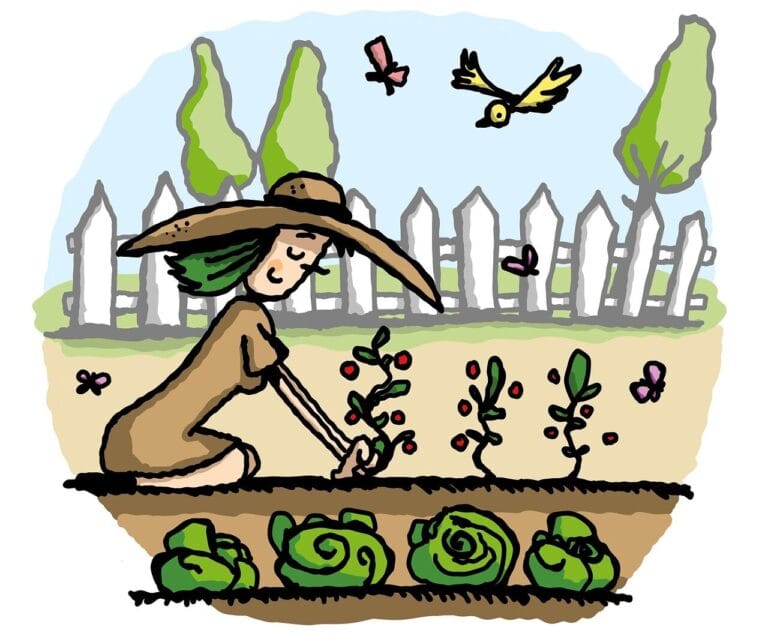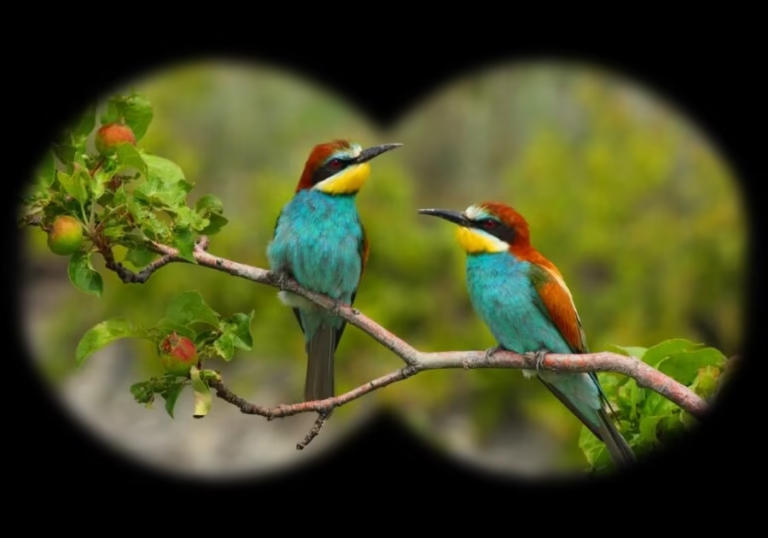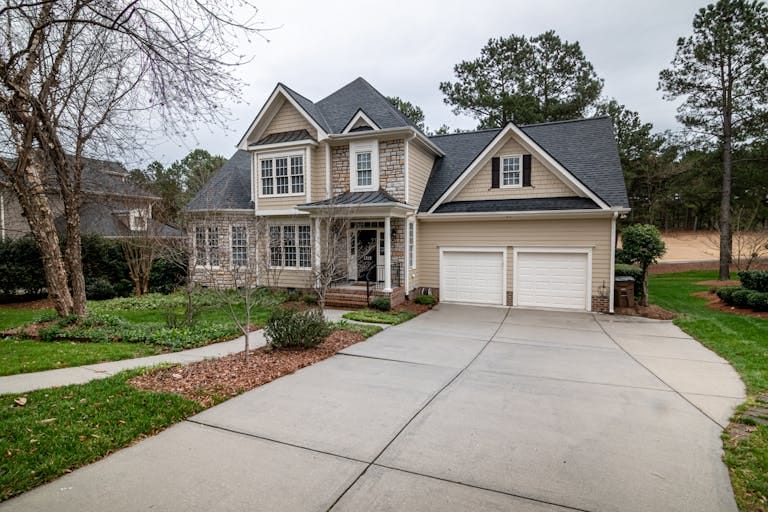The Dos and Don’ts of Encouraging Birds to Nest in Your Roof Eaves

Quick Summary: Having birds nest in your eaves provides natural pest control and a connection to wildlife. However, identifying the species is critical—beneficial Swallows are welcome guests, while invasive Starlings can damage your home. Here is how to manage them safely in the USA, UK, Canada, and Australia.
Having birds nest in your roof eaves can be a wonderful experience. Not only does it provide an opportunity to observe these beautiful creatures up close, but it also offers a range of benefits, such as natural pest control and pollination. However, it’s important to ensure that the birds are nesting in a safe environment that doesn’t compromise your home’s structure.
Know Your Guests: Beneficial vs. Risky Nesters
Before you encourage nesting, you must know which bird is trying to move in. Not all eave nests are created equal.
| Bird Type | Nesting Style | Verdict |
|---|---|---|
| Swallows / House Martins | Build mud cups stuck to the outside of the wall/eave. | Safe: Messy droppings, but no structural damage. |
| House Sparrows / Starlings | Force their way inside small holes in soffits/vents. | Risky: Can block vents, cause rot, and bring mites. |
| Robins / Wrens | Prefer open nooks or ledges on porch columns. | Safe: Generally harmless and great pest controllers. |
The Dos and Don’ts of Eave Nesting
Dos:
- Do Research Laws: In the UK (Wildlife and Countryside Act 1981), USA (Migratory Bird Treaty Act), and Australia, it is illegal to remove an active nest. You must wait until autumn.
- Do Install Artificial Nests: Instead of letting birds build directly on your house, install “House Martin Cups” or eave-mounted bird boxes. This keeps the nest contained and removable later.
- Do Manage Droppings: Place a “droppings board” or shelf about 2 feet below the nest to catch waste, keeping your patio clean.
Don’ts:
- Don’t Block Active Holes: Never seal a hole in your eaves during spring/summer. You might trap live young inside, which is cruel and illegal.
- Don’t Use Chemicals: Avoid spraying pesticides near the eaves. Parents will feed poisoned insects to their chicks.
Preparing Your Yard for Nesting Birds
If you want birds to thrive in your eaves, you need to provide the right resources on the ground. A bird-friendly “ecosystem” is key.
1. Create a “Soft Landing” and Feeding Ground
Baby birds (fledglings) often land on the ground before they can fly well. They also need worms and bugs to eat. A thick layer of organic mulch encourages insect life and provides a soft cushion. Use a mulch calculator to ensure you have adequate coverage under your eaves.
2. Plant for Pollinators
Birds need insects to feed their young. Native plants grow best in healthy soil, which in turn attracts the caterpillars and beetles birds love. Check your garden’s nutrient needs with a soil calculator to grow a lush, bug-rich buffet.
3. Water Safety for Birds
Birds need water, but large bodies of water like swimming pools can be deadly traps for fledglings. If you have a pool, ensure the water level allows for escape ramps, and keep chemicals balanced so birds drinking from it aren’t harmed. Use a pool volume calculator to manage your chemical ratios carefully.
4. Managing the Mess (Hardscaping)
Let’s be honest: birds make a mess. If you have nests over a walkway, you might want to pour a dedicated concrete pad or install a wider path that is easier to pressure wash than grass. Plan your clean-up zone efficiently using a concrete calculator.
What to Do if a Bird Becomes Trapped
If a bird gets inside your roof void (attic) through the eaves, do not try to smoke them out. Open the loft hatch or remove a soffit board carefully. In the UK and Australia, contact wires or the RSPCA. In the USA, contact a licensed wildlife rehabilitator.
Conclusion
Encouraging birds to nest in your roof eaves can be a rewarding experience, provided you manage it responsibly. By using artificial nest cups and preparing your yard with the right soil and mulch, you create a sanctuary that supports local wildlife without damaging your home.






